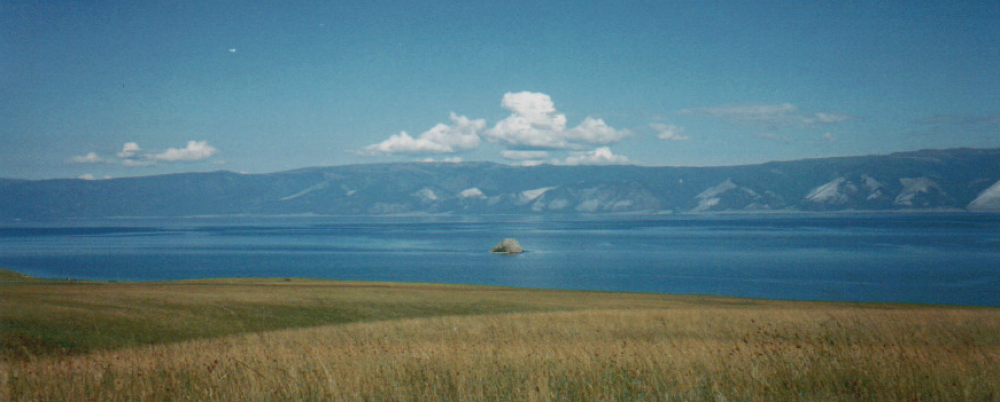Lake Baikal is phenomenal.
Let me introduce you. The “Sacred Sea” is located in south central Siberia(that’s in Russia) just above the Mongolian border. It is a crescent moon-shaped “ladle” filled with 20% of the Planet Earth’s fresh water. Lake Baikal contains more water than in all the North American Great Lakes combined. About 336 rivers and streams flow into Lake Baikal but only one river flows out-the Angara River, located on Baikal’s NW shore. If all of the inflow to Baikal were to suddenly stop, it would take over 300 years to drain it. Clearly, Baikal is mighty.
O.K. But that doesn’t even begin to tell it. Baikal is ANCIENT. 25 million years old ancient. Wait….think about that. Twenty. Five. Million. Years. OLD. See, this is where one starts to get goose bumps just thinking about Baikal sitting there…hearing that silence that was there 25 million years ago. And Baikal still possesses it- it is a part of the lake and is there for us to hear it like a giant seashell that, when held to ear, imparts the songs and wisdom of the sea to its audience, Baikal has that silent wisdom to impart. I know because i have heard it- i still hear it because it never leaves the heart that hears it. You can almost imagine that Baikal has one leg in the past, so to speak, and one leg in the present (or future). Simply put, Lake Baikal is not just water.
So Baikal also has a whole bunch of lucky creatures that carry with them the past wisdom, the silent patience. In fact, Baikal has about 1500 species of plants and animals with about 80% of them endemic to Lake Baikal (they exist nowhere else on the planet! just at Baikal). One if the standouts is the Nerpa…..
